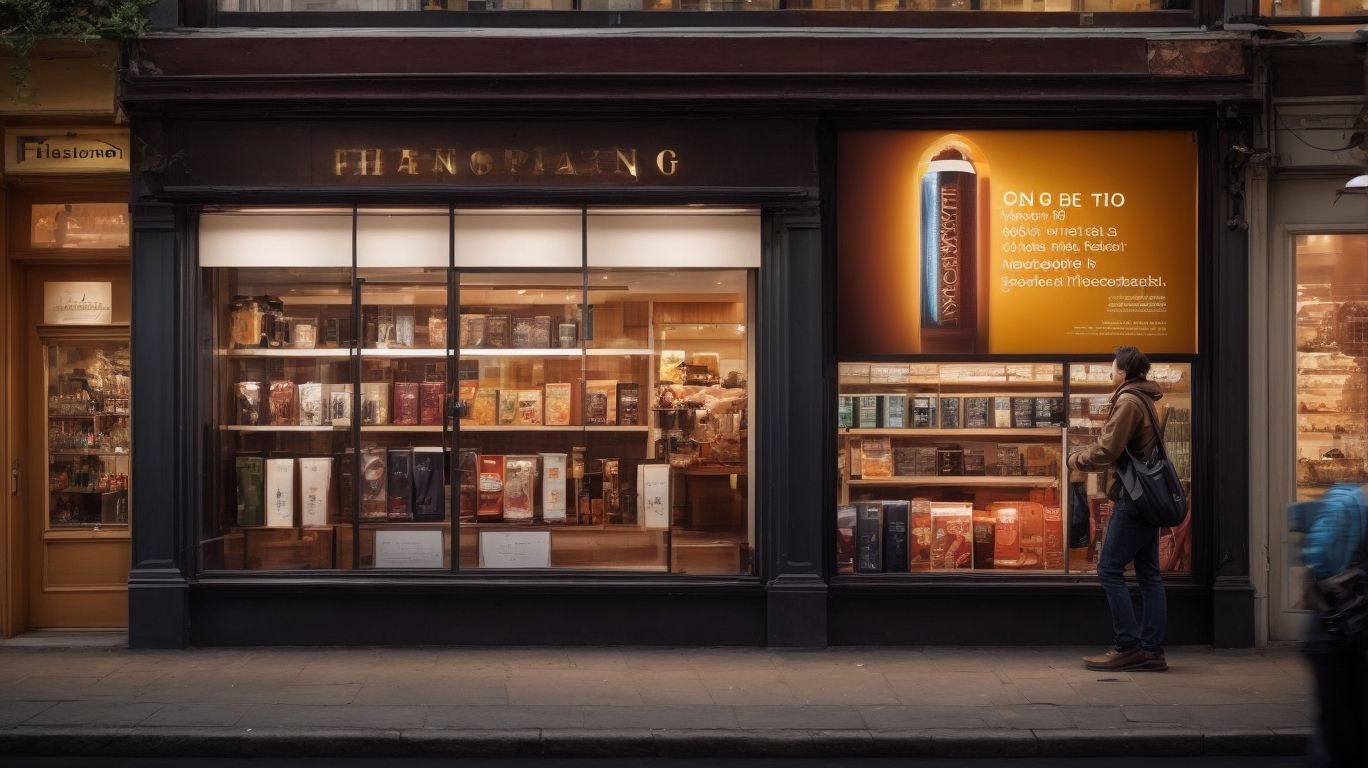Discover the Top 5 Marketing Strategies That Retailers Allocate Half their Annual Budget to
Social media marketing:
Social media marketing is essential for retailers’ marketing strategies. It helps businesses to use social platforms to reach and interact with their target audience. By using various social media channels, businesses can achieve brand awareness, drive website traffic, and ultimately increase conversions.
Let’s take a look at the key aspects of social media marketing:
Platform Selection: Social media marketing requires carefully selecting the right platforms to reach target customers. Commonly used platforms include Facebook, Instagram, Twitter, LinkedIn, and Pinterest.
Content Creation: Making engaging and shareable content is vital for successful social media campaigns. This content can be posts, images, videos, or stories that connect with the target audience.
Targeted Advertising: Using the advertising features of social media platforms allows retailers to create ads that are highly targeted. These ads can be adapted based on demographics, interests, and behaviors.
Community Management: Good communication with followers and customers is necessary for building strong relationships. Responding to comments, messages, and reviews helps retailers maintain a good brand image.
Data Analysis: Monitoring and analyzing data connected to social media performance gives useful insights. Metrics such as engagement rate, click-through rate, and conversion rate helps retailers to optimize their strategies for better results.
Pro Tip: Consistency is key in social media marketing. Keep a steady brand voice and posting schedule for better engagement and long-term success.
Influencer marketing:
Influencer marketing is a major part of retailers’ plans. They collaborate with influential people on social media to promote their products. To understand the importance of influencer marketing, let’s look at some data.
The table below shows how retailers use their budget for influencer collaborations:
| Platform | Percentage of Budget | Key Metrics |
| 35% | Follower engagement rate, likes, comments | |
| YouTube | 25% | Video views, subscriber growth |
| TikTok | 15% | Viral video reach, hashtag challenges |
Instagram is most popular for influencer collaborations. Followers, likes, and comments are tracked to measure success. YouTube and TikTok also get some of the budget.
Retailers must choose influencers who match their brand and target audience. They must also track analytics and adjust strategies.
Business Insider Intelligence predicts that influencer marketing will be a $15 billion industry by 2022.
Email marketing:
Email marketing is an important part of retailers’ strategies, taking up almost half of their budget. Let’s explore the features that make it so valuable.
Targeted communication means retailers can reach the right audience. This is done by segmenting email lists according to demographics or purchase history.
Customer relationships are built with regular emails that provide content, offers, and personalized recommendations. Personalization is also important, tailoring content based on customers’ preferences and behaviours.
Retailers can use this channel to promote products or offers, or give free shipping or discounts to boost sales and revenue.
Analytics help track and measure campaign performance, allowing retailers to refine their strategies.
Email marketing has come a long way. It can now be easily integrated with marketing automation platforms. It is an effective way to drive growth and customer engagement.
Content marketing:
Content marketing involves creating and distributing valuable and relevant content to engage a target audience. It’s an important part of retailers’ marketing strategies with a significant budget allocated to it.
Retailers invest in various content marketing strategies to drive their businesses forward. Social media marketing makes up 20% of the annual budget. Blogging is also essential, taking up 15% of the budget. With this, retailers can show their expertise in their industry, build trust and attract organic traffic.
Email campaigns are also important, taking 10% of the budget. They help nurture leads, promote products or services and maintain customer relationships.
Video marketing has become popular with retailers too. It lets them engage with their audience with visual storytelling. They spend 5% of their budget on creating videos to show their brand and offerings.
Influencer marketing is another effective way to connect with consumers. Retailers spend up to 25% of their budget on collaborating with influencers who have a lot of followers in their target market.
Pro Tip: Analyze data and adjust your approach regularly. Provide content that meets your audience’s needs and preferences while tracking your return on investment. Keep your content relevant!
Search engine optimization (SEO):
Search engine optimization (SEO) is an essential tool used by retailers to gain visibility and rank better on search engine results pages. By optimizing content and structure, they can attract more visitors and boost their online presence.
Key Aspects of SEO include:
- Keyword Research – Retailers research for words and phrases potential buyers use to search for products/services. This helps them tailor their website’s content.
- On-Page Optimization – Improving site speed, meta tags, headers, URLs, etc. creates a better user experience and helps search engines index the website.
- Link Building – Establishing relationships with other websites and creating content to earn relevant links that improve search rankings.
- Technical SEO – Ensuring the website is well-structured and meets technical requirements. Analyzing mobile-friendliness, indexing, sitemaps, and URL structures.
- Analytics & Tracking – Analyzing website data with tools like Google Analytics, helps retailers understand user behavior, traffic sources, and conversions.
Retailers are realizing the value of SEO as it helps drive targeted traffic and sales. Let’s explore key steps to successful implementation:
- Adapt to changes – As search engine algorithms change, retailers must adjust their approach accordingly.
- Local SEO – Optimizing Google My Business listing, managing online reviews, and using location-specific keywords to reach local customers.
- Content creators – Collaborating with content creators to produce high-quality, keyword-rich content to attract search engines and engage/convert website visitors.
- Avoid keyword stuffing – Search engines have become smarter and penalize such tactics. Retailers now focus on providing valuable content with natural incorporation of keywords.
Frequently Asked Questions
Q: What are five marketing strategies that retailers spend half of their annual budget on?
A: The five marketing strategies that retailers commonly allocate a significant portion of their annual budget to are:
1. Digital advertising: Retailers invest heavily in online advertising campaigns, including pay-per-click (PPC), search engine optimization (SEO), and social media marketing.
2. Email marketing: Retailers use email campaigns to reach and engage with their customer base, promoting new products, sales, and special offers.
3. In-store promotions: Retailers dedicate funds to in-store promotions such as eye-catching displays, signage, and product demonstrations to attract customers and increase sales.
4. Loyalty programs: Retailers invest in customer loyalty programs to incentivize repeat purchases, offering rewards, discounts, and exclusive offers to loyal customers.
5. Influencer marketing: Retailers collaborate with social media influencers to leverage their large following and reach new audiences, often by sponsoring content or establishing partnerships.
- Beginner’s Guide to Online Casino Games: Tips to Get Started with Confidence - April 10, 2025
- Vintage Typewriters: The Art and Nostalgia of Manual Typing - October 18, 2023
- Welcome to the Insider! - October 18, 2023




